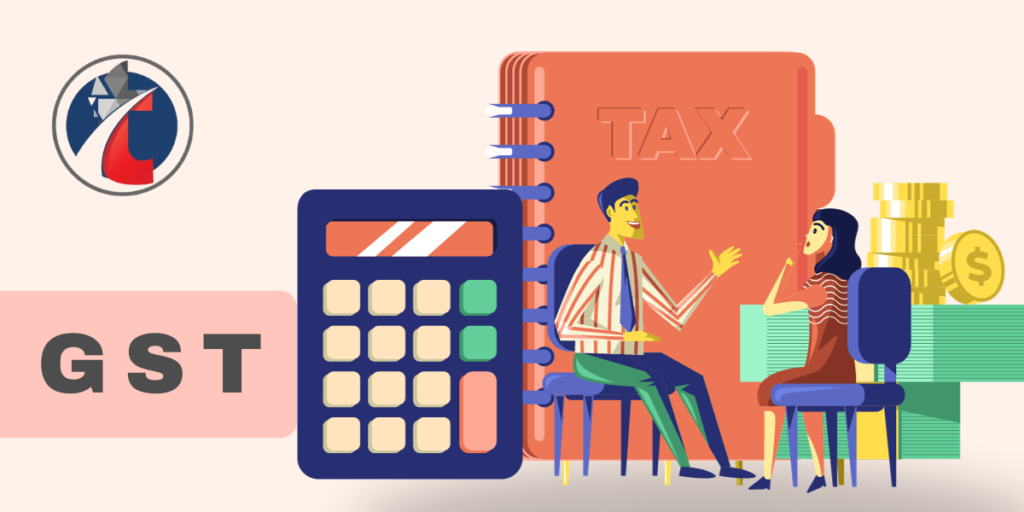GTA Taxpayers
Advisory on the functionalities available on the portal for the GTA taxpayers: The following Functions are made available on the portal for the GTA Taxpayers. 1. Filing of Online Declaration in Annexure V and Annexure VI for the existing GTA Taxpayers: As per Notification No. 06/2023-Central Tax (Rate), dated 26.07.2023, the option by GTA to pay GST on Forward Charge mechanism or the Reverse Charge mechanism respectively on the services supplied by them during a Financial Year shall be exercised by making a declaration in Annexure V or Annexure VI from the 1st January of the current Financial Year till 31st March of the current Financial Year, for the next Financial Year. To comply with the above notification, online filing in Annexure V Form and Annexure VI Form is available on the portal for the existing GTA taxpayers for filing declaration in Annexure V Form or Annexure VI Form for the succeeding FY 2024-25 from 01.01.2024 to 31.03.2024. To Access Annexure V Form: Post login on the FO portal-Navigate to Services>>User Services>>GTA>>Opting Forward Charge Payment by GTA (Annexure V).To Access Annexure VI Form: Post login on the FO portal-Navigate to Services>>User Services>>GTA>>Opting to Revert under Reverse Charge Payment by GTA (Annexure VI) 2. Filing of Online Declaration in Annexure V for the Newly registered GTA Taxpayers: As per the Notification No. 5/2023-Central Tax (Rate), dated 09.05.2023, the option to pay GST on Forward Charge mechanism on the services supplied the Newly registered taxpayers can now be able to file their declaration within the specified due date for the current Financial Year i.e. 2023-2024 and onwards. The due date (before the expiry of forty-five days from the date of applying for GST registration or one month from the date of obtaining registration whichever is later) is now being configured by the system and the same would be displayed to the newly registered taxpayers on their dashboard. The newly registered GTA taxpayers can now file their online declaration on the portal for the current FY within the specified due date. To Access: Post login on the FO portal-Click YES on the pop up message on post login (or) Navigate to Services>>User Services>>GTA>>Opting Forward Charge Payment by GTA (Annexure V). 3. Uploading manually filed Annexure V Form for the FY 2023-24 on the portal: The Existing/ Newly registered GTA taxpayers who have already submitted Declaration in Annexure V Form for the FY 2023-24 manually with the jurisdictional authority are requested to upload their duly acknowledged legible copy of the Annexure V Form on the portal, mentioning correct particulars as mentioned in the physical Annexure V submitted, with correct date of acknowledgment from jurisdictional office, where such physical Annexure V was filed for the record purposes. Further, it is informed that if Annexure V was filed manually within the specified due date for the FY 2023-24, he need not file it again on the portal for the FY 2024-25 or any succeeding FY. Using the manual upload facility, you can upload the legible copy of duly acknowledged manually filed Annexure V for 2023-24, with the correct particulars. To Access: Post login on the FO portal-Navigate to Services>>User Services>>GTA>> Upload Manually Filed Annexure V. 4. As per the above notification, the option exercised by GTA to pay GST on the services supplied by it during a Financial Year shall be deemed to have been exercised for the next and future financial years unless the GTA files a declaration in Annexure VI to revert under reverse charge mechanism. 5. However, the GTAs who filed declarations for the FY 2024-25 on the portal for the period from 27.07.2023 till 22-08-2023 have been considered as filed and valid. Those taxpayers are requested that they not file a declaration in Annexure V Form for the subsequent FYs if they wish to continue their option to pay GST on the Forward charge mechanism. Source [gst.gov.in]







